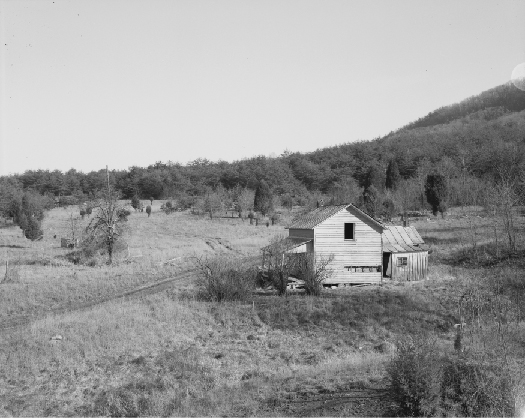| << Chapter < Page | Chapter >> Page > |
By the end of this section, you will be able to:
The idea of public policy is by its very nature a politically contentious one. Among the differences between American liberals and conservatives are the policy preferences prevalent in each group. Modern liberals tend to feel very comfortable with the idea of the government shepherding progressive social and economic reforms, believing that these will lead to outcomes more equitable and fair for all members of society. Conservatives, on the other hand, often find government involvement onerous and overreaching. They feel society would function more efficiently if oversight of most “public” matters were returned to the private sphere. Before digging too deeply into a discussion of the nature of public policy in the United States, let us look first at why so many aspects of society come under the umbrella of public policy to begin with.
Think for a minute about what it takes to make people happy and satisfied. As we live our daily lives, we experience a range of physical, psychological, and social needs that must be met in order for us to be happy and productive. At the very least, we require food, water, and shelter. In very basic subsistence societies, people acquire these through farming crops, digging wells, and creating shelter from local materials (see [link] ). People also need social interaction with others and the ability to secure goods they acquire, lest someone else try to take them. As their tastes become more complex, they may find it advantageous to exchange their items for others; this requires not only a mechanism for barter but also a system of transportation. The more complex these systems are, the greater the range of items people can access to keep them alive and make them happy. However, this increase in possessions also creates a stronger need to secure what they have acquired.

Economists use the term goods to describe the range of commodities, services, and systems that help us satisfy our wants or needs. This term can certainly apply to the food you eat or the home you live in, but it can also describe the systems of transportation or public safety used to protect them. Most of the goods you interact with in your daily life are private goods , which means that they can be owned by a particular person or group of people, and are excluded from use by others, typically by means of a price. For example, your home or apartment is a private good reserved for your own use because you pay rent or make mortgage payments for the privilege of living there. Further, private goods are finite and can run out if overused, even if only in the short term. The fact that private goods are excludable and finite makes them tradable. A farmer who grows corn, for instance, owns that corn, and since only a finite amount of corn exists, others may want to trade their goods for it if their own food supplies begin to dwindle.

Notification Switch
Would you like to follow the 'American government' conversation and receive update notifications?